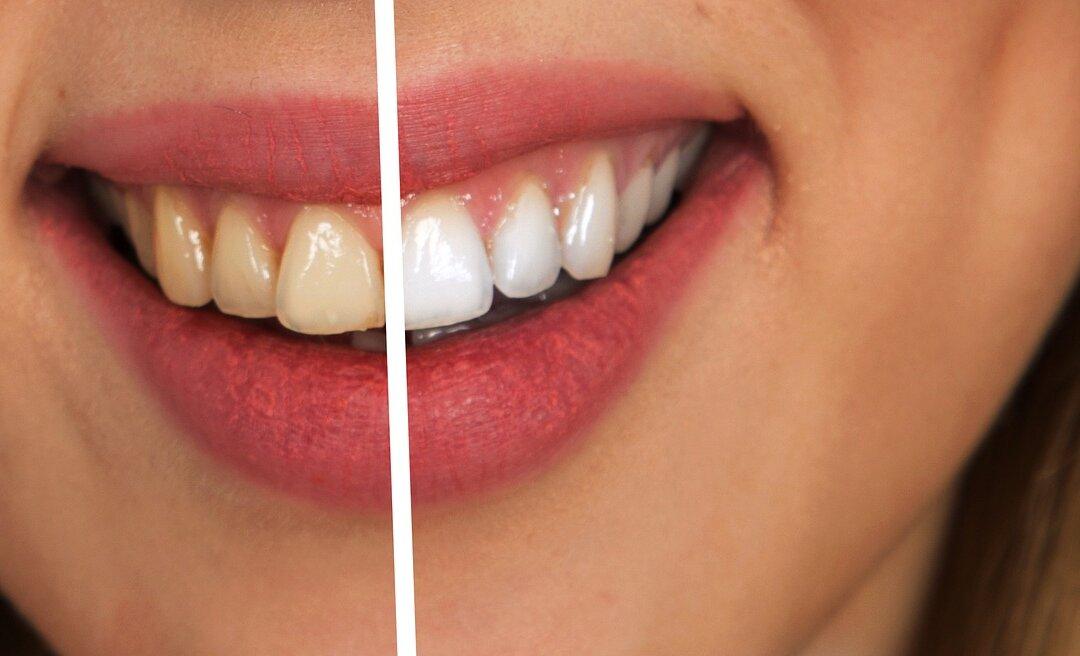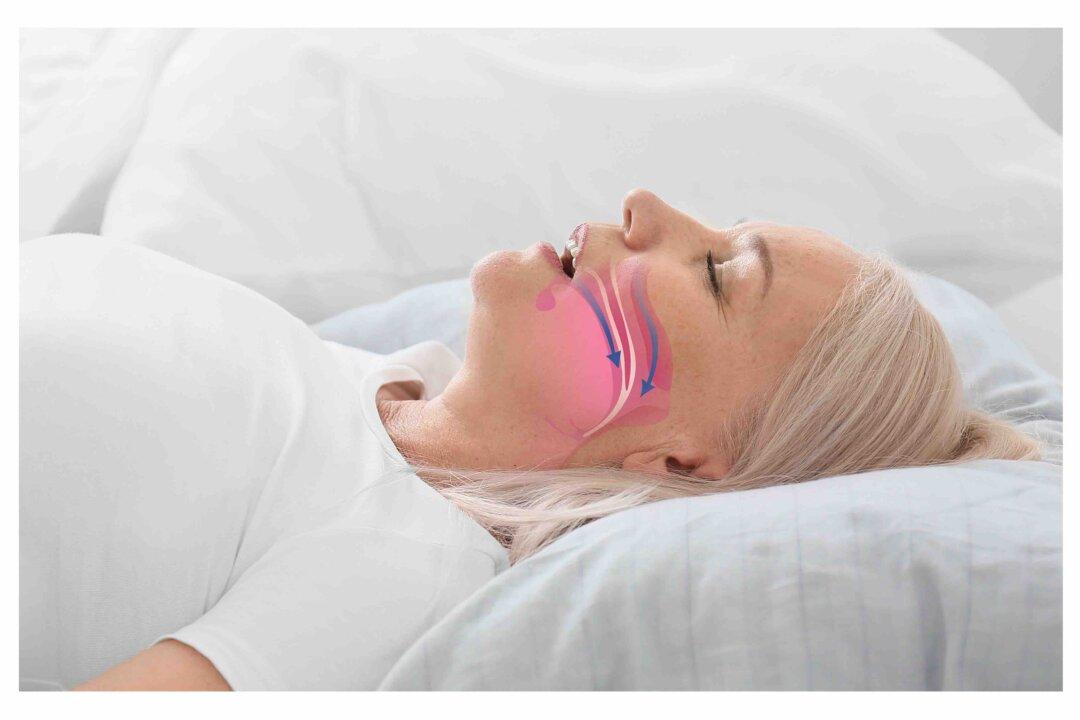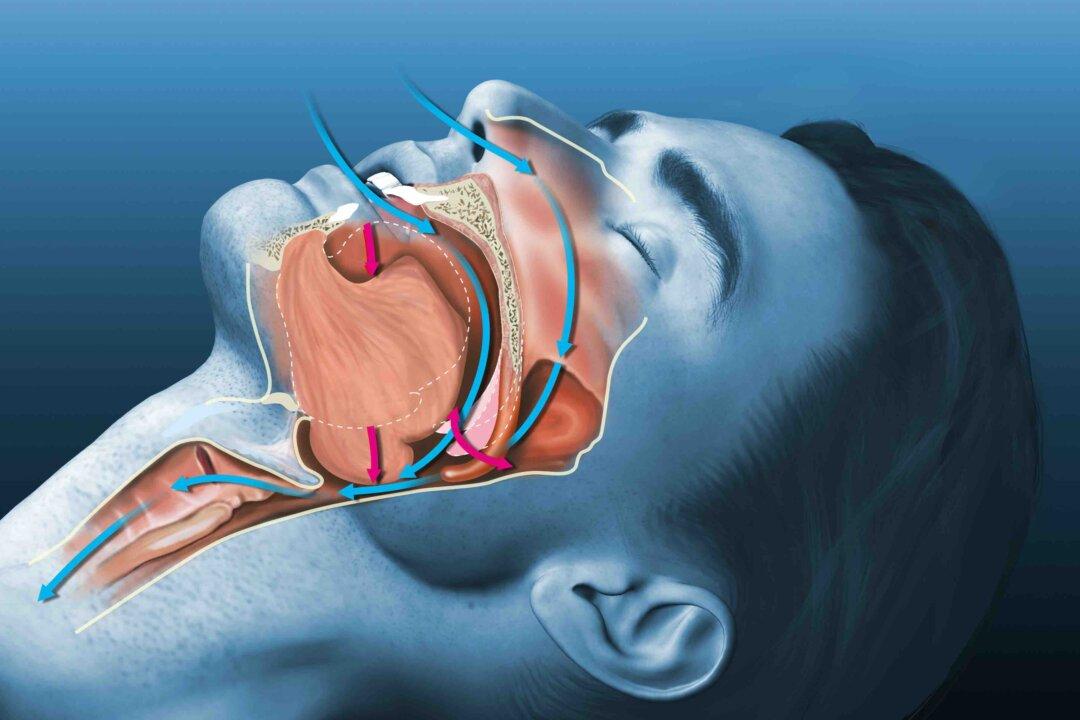Back in the 1970s, orthodontists were seeing that some of their patients who were wearing braces had very poor oral hygiene and thus had periodontal (gum) issues—the gums were swollen and inflamed. To help with this condition, the orthodontists would apply low doses of hydrogen peroxide (H2O2) in its known capacity as a wound cleansing and healing agent.
When used for some time, as an unexpected consequence, the teeth would actually appear somewhat whiter. Oral surgeons, who were also using peroxide after surgery, also noticed a similar effect.





